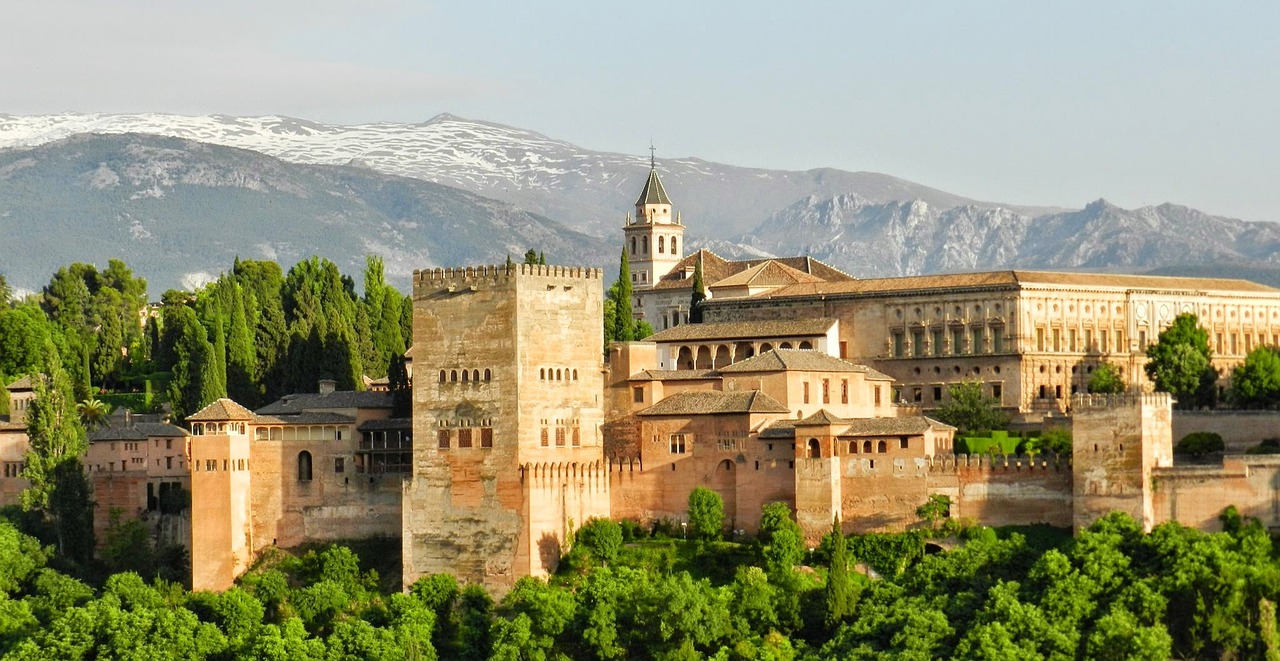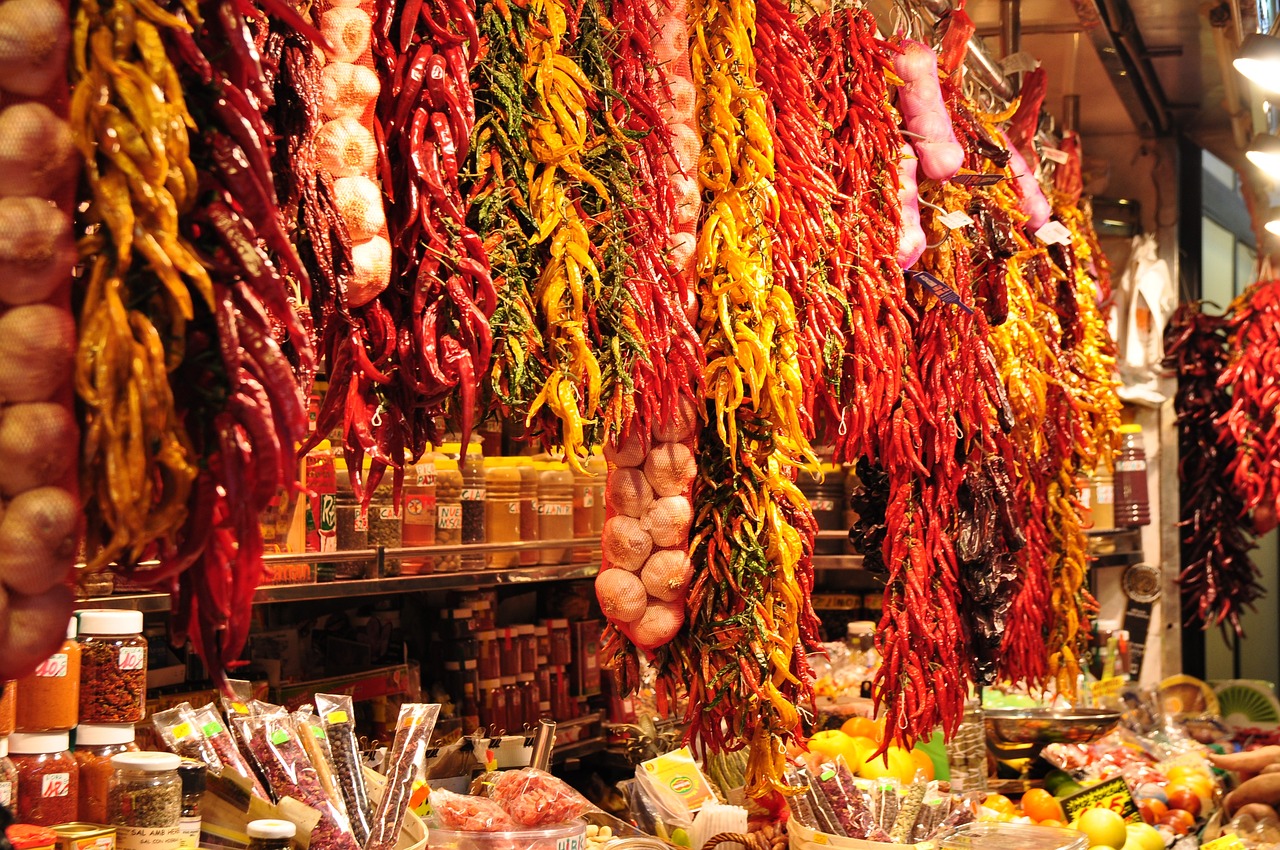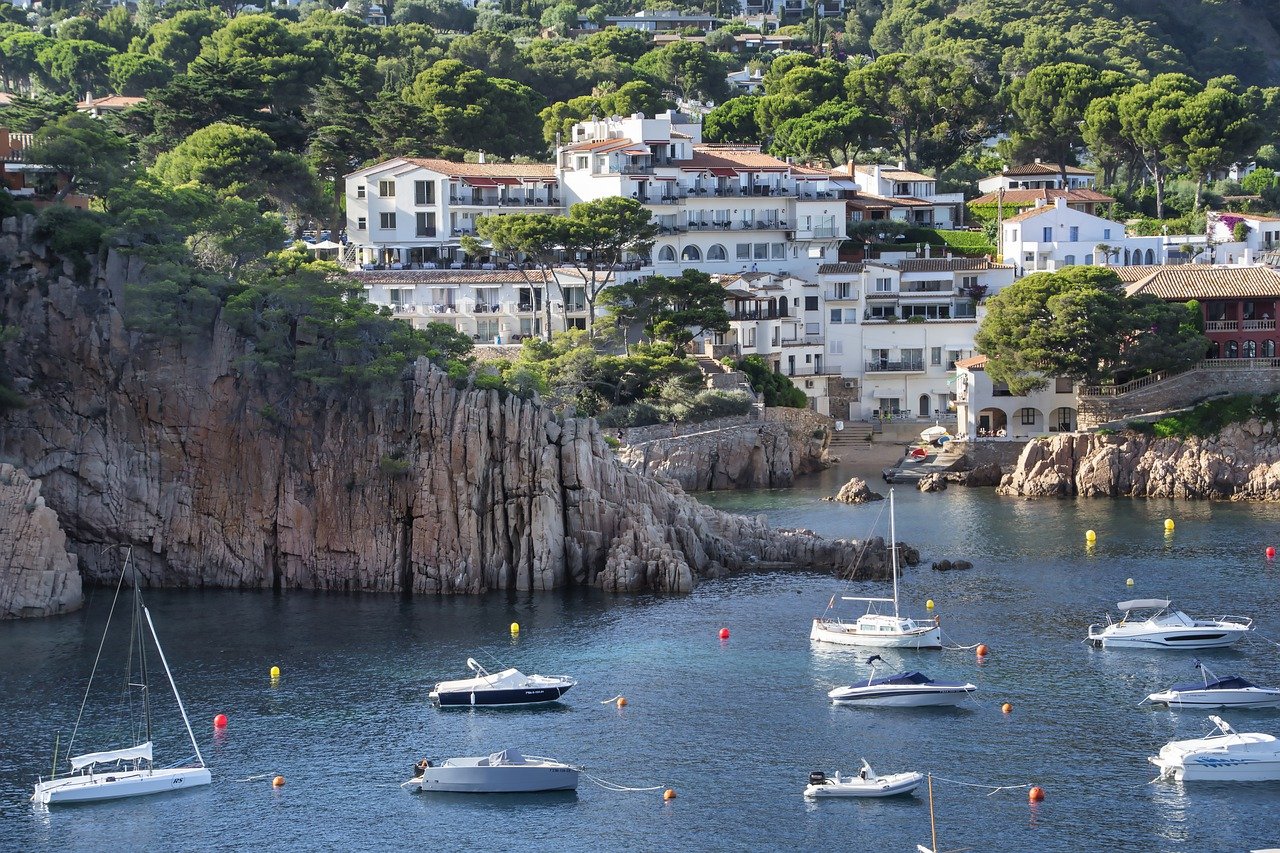Spain Video
Celebrating Global Festivals with Locals in Spain
Spain is a country renowned for its vibrant culture and rich history. One of the best ways to experience the essence of Spain is by participating in its lively festivals. From flamenco performances to bullfighting spectacles, Spain offers a diverse range of festivals that showcase its unique traditions and customs. What sets these festivals apart is the opportunity to celebrate them alongside the locals, immersing yourself in the authentic Spanish experience. In this article, we will explore twelve remarkable festivals in Spain where you can celebrate with the locals.
La Tomatina
La Tomatina is an annual tomato-throwing festival held in the town of Buñol, near Valencia. This lively event takes place on the last Wednesday in August and attracts thousands of participants from all over the world. The festival involves a massive tomato fight where participants hurl tomatoes at each other. It’s a fun and messy experience that brings people together in a unique and joyful way.
- Community Spirit: La Tomatina fosters a sense of community as participants come together to engage in friendly tomato battles.
- Symbolic Meaning: The festival symbolizes the celebration of life and the abundance of the harvest.
- Traditional Parade: The festival begins with a lively parade featuring music, dancing, and traditional costumes.
- Tomato Fight: Once the parade concludes, participants engage in a massive tomato fight, throwing ripe tomatoes at each other.
- Cleaning Ritual: After the tomato fight, the streets are thoroughly cleaned by the local authorities and volunteers.
San Fermín Festival
The San Fermín Festival, also known as the Running of the Bulls, is a thrilling event held in Pamplona, Navarre. It takes place from July 6th to July 14th each year and attracts adrenaline-seeking participants from around the globe. The highlight of the festival is the daily bull run, where brave individuals sprint alongside a group of charging bulls through the narrow streets of Pamplona.
- Adrenaline Rush: The bull run offers an exhilarating experience for participants seeking an adrenaline rush.
- Traditional Attire: Many participants dress in traditional white clothing with red scarves or sashes.
- Historical Origins: The festival honors San Fermín, the co-patron saint of Navarre.
- Street Parties: The festival is accompanied by lively street parties, where locals and visitors come together to celebrate.
- Fireworks: Each night, spectacular firework displays light up the sky, adding to the festive atmosphere.
Feria de Abril
The Feria de Abril, or April Fair, is a traditional Andalusian festival held in Seville. It typically takes place two weeks after Easter and lasts for six days. During the fair, the city transforms into a colorful spectacle of flamenco music, dancing, and traditional costumes. The fairgrounds are filled with casetas (marquees) where locals and visitors gather to eat, drink, and enjoy the festivities.
- Andalusian Traditions: The Feria de Abril showcases the vibrant Andalusian culture, including flamenco music and traditional dress.
- Sevillanas Dance: Sevillanas, a traditional Spanish dance, is performed throughout the fairgrounds.
- Horse Parades: Equestrian enthusiasts can witness stunning horse parades displaying the beauty of Andalusian horses.
- Delicious Cuisine: The fair offers a wide variety of traditional Andalusian cuisine, including tapas and local specialties.
- Midnight Fireworks: Each night, the fair concludes with a spectacular fireworks display.
Las Fallas
Las Fallas is a unique festival celebrated in Valencia from March 15th to March 19th. It is a grand celebration of art, culture, and satire. The festival involves the creation and display of elaborate sculptures called fallas, which are later burned in spectacular bonfires. Las Fallas offers a fantastic opportunity to witness the creativity and humor of the Valencian people.
- Artistic Expression: Las Fallas showcases the artistic talents of the Valencian community through the creation of intricate and satirical sculptures.
- Street Parades: Colorful parades featuring traditional costumes, music, and fireworks fill the streets of Valencia.
- Fireworks Spectacular: The festival is accompanied by breathtaking fireworks displays each night.
- Burning of the Fallas: The highlight of the festival is the burning of the fallas, symbolizing the arrival of spring and the renewal of life.
- Nit del Foc: On the final night, the Nit del Foc (Night of Fire) features a magnificent display of fireworks.
Image 1:

Fiesta de San Juan
The Fiesta de San Juan is a traditional midsummer celebration held throughout Spain on the night of June 23rd. This festival marks the summer solstice and is characterized by bonfires, fireworks, and beach parties. It is believed that jumping over the bonfire during the celebration brings good luck and purifies the soul.
- Summer Solstice Celebration: The Fiesta de San Juan celebrates the arrival of summer and the longest day of the year.
- Bonfires on the Beach: People gather on beaches to light bonfires and enjoy the festive atmosphere.
- Fireworks Display: The night sky illuminates with dazzling fireworks displays, adding to the magical ambiance.
- Jumping Over the Bonfire: It is a tradition to jump over the bonfire to ward off evil spirits and bring good luck for the coming year.
- Beach Parties: Beaches become lively with music, dancing, and celebrations that continue throughout the night.
Fiesta de San Fermín
The Fiesta de San Fermín, also known as the San Fermín Festival, is a week-long celebration held in honor of Saint Fermín in the city of Iruña (Pamplona). It begins on July 6th and features a wide range of cultural events, including music, dance, and traditional sports. The festival is famous for the running of the bulls, which takes place every morning.
- Religious Significance: The Fiesta de San Fermín is dedicated to Saint Fermín, the patron saint of Navarre.
- Running of the Bulls: The festival is renowned for the daily bull run, where participants sprint alongside the bulls through the streets of Pamplona.
- Chupinazo: The festival begins with the Chupinazo, an opening ceremony where a rocket is launched to mark the start of the festivities.
- Traditional Clothing: Many locals and visitors dress in traditional white clothing with red scarves during the festival.
- Music and Dance: The streets come alive with music, dance performances, and parades.
Image 2:

La Feria de Málaga
La Feria de Málaga is a vibrant summer festival held in the city of Málaga, Andalusia. It takes place in mid-August and celebrates the reconquest of the city by the Catholic Monarchs in 1487. The festival features traditional music, dancing, and a lively fairground where locals and visitors gather to enjoy the festivities.
- Historical Significance: La Feria de Málaga commemorates the reconquest of the city by the Catholic Monarchs.
- Opening Fireworks: The festival kicks off with a spectacular fireworks display.
- Traditional Costumes: Many participants dress in traditional Andalusian attire, including flamenco dresses and suits.
- Music and Dancing: The streets are filled with the sounds of traditional music and the rhythmic movements of flamenco dancers.
- Daytime and Nighttime Celebrations: The festival offers a variety of activities, including parades, concerts, and fairground attractions that continue throughout the day and night.
Fiesta de la Virgen del Carmen
The Fiesta de la Virgen del Carmen is a coastal celebration held in various seaside towns and villages across Spain on July 16th. This festival is dedicated to the patron saint of fishermen, the Virgen del Carmen. It involves a procession where the statue of the Virgin Mary is carried from the church to a boat, followed by a maritime procession and fireworks display.
- Patron Saint of Fishermen: The Fiesta de la Virgen del Carmen honors the Virgen del Carmen, the patron saint of fishermen.
- Procession and Maritime Parade: The festival includes a procession where the statue of the Virgin Mary is carried from the church to a boat, followed by a maritime parade along the coast.
- Blessing of the Sea: The highlight of the festival is the blessing of the sea, where boats are blessed for safe voyages and abundant catches.
- Fireworks Display: The celebration concludes with a vibrant fireworks display over the water.
- Local Traditions: Each seaside town or village may have its own unique customs and traditions associated with the festival.
Image 3:

Festival Internacional de Benicàssim
The Festival Internacional de Benicàssim, commonly known as FIB, is an annual music festival held in Benicàssim, a coastal town in the province of Castellón. It takes place over four days in July and features a diverse lineup of international and Spanish musicians. FIB attracts music enthusiasts from around the world who come to enjoy the performances and beachside atmosphere.
- Music Extravaganza: FIB showcases a wide range of music genres, including rock, pop, indie, and electronic music.
- International and Spanish Artists: The festival hosts both renowned international artists and up-and-coming Spanish musicians.
- Beachside Setting: Benicàssim’s beautiful beaches provide a unique backdrop for the festival, allowing attendees to enjoy music and sun-soaked relaxation.
- Camping Experience: Many festival-goers choose to camp near the festival grounds, creating a vibrant community atmosphere.
- Art and Cultural Activities: In addition to the music performances, FIB offers art exhibitions, film screenings, and other cultural activities.
Feria de Agosto
The Feria de Agosto, or August Fair, is a traditional summer festival held in the city of Málaga, Andalusia. It takes place in mid-August and offers a week of festivities, including music, dance, and cultural events. The fairgrounds are adorned with colorful decorations, creating a lively and joyful atmosphere.
- Summer Celebration: The Feria de Agosto is a vibrant celebration that marks the height of summer in Málaga.
- Traditional Attire: Many locals and visitors dress in traditional Andalusian clothing, such as flamenco dresses and suits.
- Caseta Parties: The fairgrounds are filled with casetas, which are temporary marquees where people gather to eat, drink, and dance.
- Music and Dancing: Flamenco music and dancing are integral parts of the festival, creating a lively and energetic atmosphere.
- Street Processions: The fair features colorful processions with traditional costumes and decorated floats.
Conclusion
Participating in global festivals with locals in Spain offers an extraordinary opportunity to experience the country’s rich cultural heritage. From the exhilarating bull runs of San Fermín to the vibrant celebrations of La Tomatina, each festival provides a unique window into the heart and soul of Spain. By immersing yourself in these festive traditions, you can create lasting memories and forge connections with the warm and welcoming Spanish people.
References
– “La Tomatina Festival.” tomatina.es
– “San Fermín Festival.” sanfermin.com
– “Feria de Abril.” feriadesevilla.org
– “Las Fallas.” fallasfromvalencia.com
– “Fiesta de San Juan.” spain.info
– “Fiesta de San Fermín.” sanfermin.com
– “La Feria de Málaga.” malagaturismo.com
– “Fiesta de la Virgen del Carmen.” spain.info
– “Festival Internacional de Benicàssim.” fiberfib.com
– “Feria de Agosto.” malagaturismo.com


